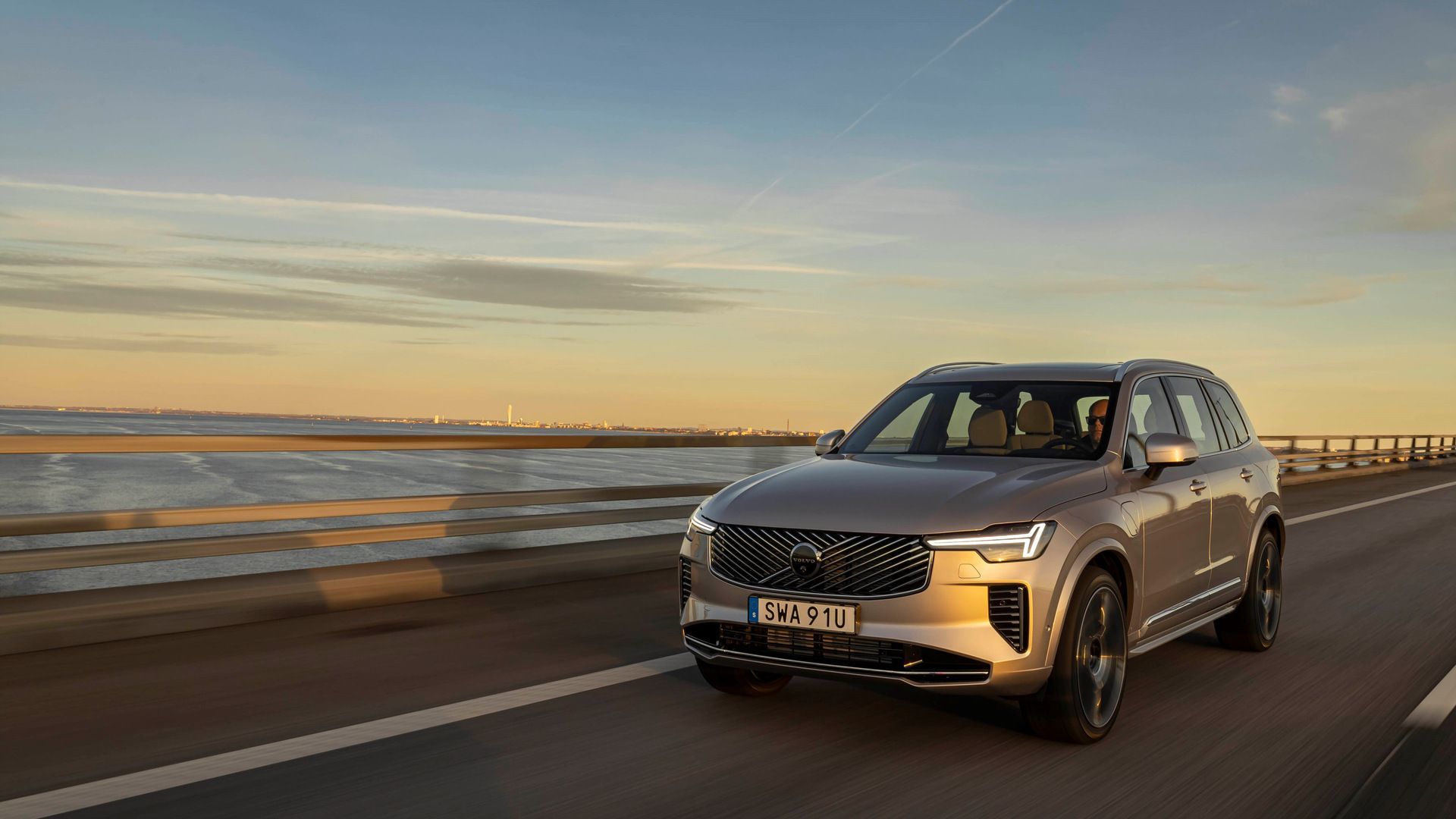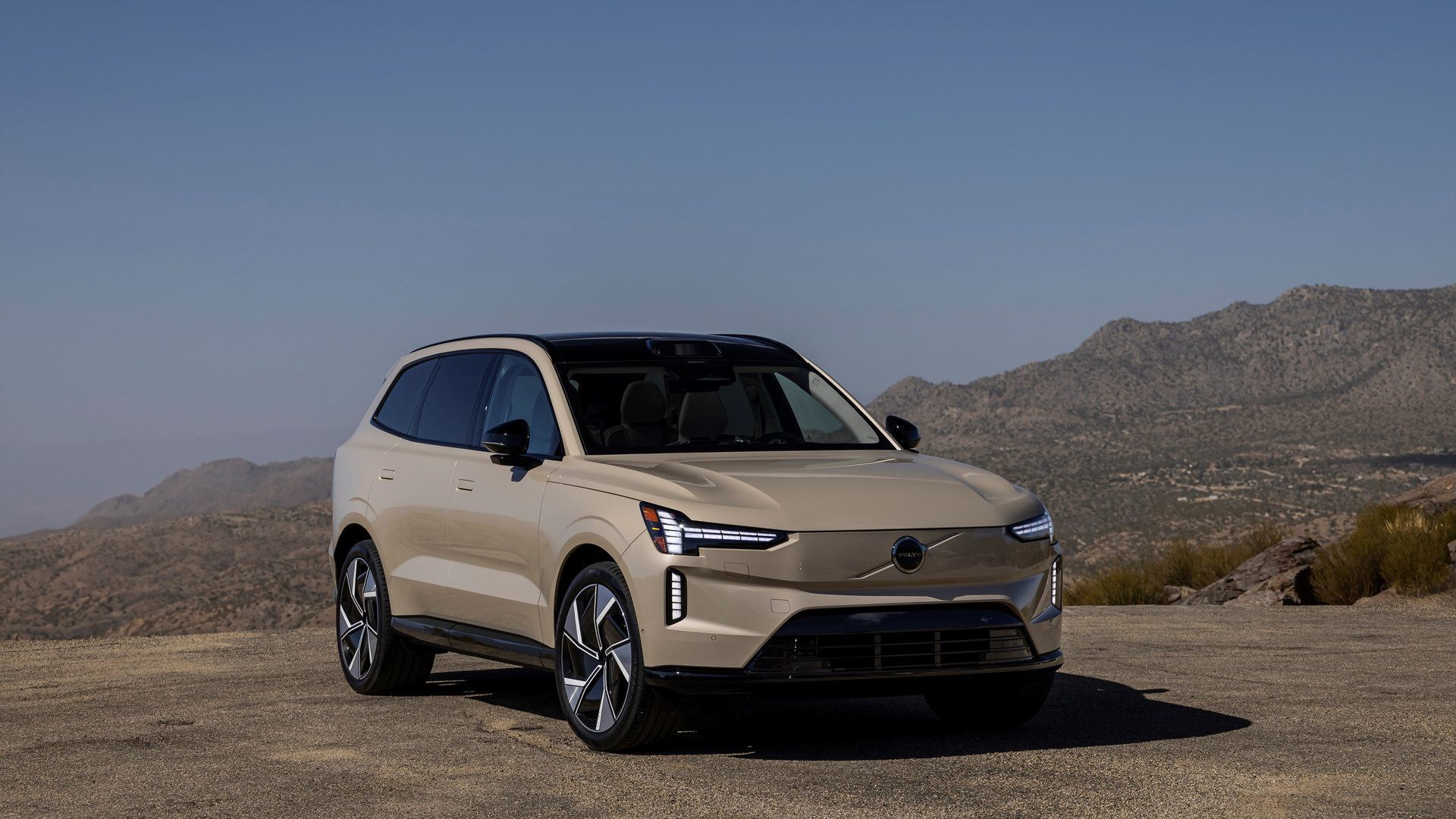
What Mississauga Drivers Should Know Before Buying a Plug-In Hybrid
Plug-in hybrid vehicles occupy a unique space in today's automotive landscape. They provide electric driving for your daily commute while...
Read moreVolvo Cars Mississauga

If you’re considering a Volvo car for your dealership, it helps to understand the differences between the two types of models available: plug-in hybrid electric vehicles (PHEVs) and all-electric vehicles (EVs). Both offer great performance and efficiency, but there are some key differences that make one model preferable over the other in certain situations. Let’s take a look at the pros and cons of each type of Volvo car.
Volvo’s PHEV Models
Volvo’s plug-in hybrid electric vehicles offer a combined output of 455 horsepower while providing 53 km of electric range. This means that they can be driven on electricity alone until their battery runs out, at which point they switch to using a combination of gasoline and electricity. In addition, these cars feature regenerative braking technology that converts kinetic energy into electrical energy, allowing them to recharge while in motion. The main advantage of these models is that they have a greater range than EVs due to their dual power source. The downside is that they tend to be more expensive over time than their all-electric counterparts due to their use of gas.
Volvo’s EV Models
All-electric Volvos like the XC40 Recharge are powered solely by electricity, offering up to 359 km of range on a single charge. These cars also feature regenerative braking technology, allowing them to recharge while in motion. EVs are generally less expensive over time than PHEVs since there is no need for additional components like an internal combustion engine or fuel tank. Furthermore, since EVs don't require any gasoline, they tend to be much cheaper to operate over the long run. The downside is that they typically have less range than PHEVs due to their reliance on one power source only.
Ultimately, when it comes time to choose between Volvo’s PHEV and EV models, it comes down to personal preference and budget constraints. While both offer great performance and efficiency, PHEV models have greater range due to their dual power source, while EVs are typically less expensive overall due to their reliance on one power source only. If you’re looking for a reliable vehicle with great efficiency and performance, either type will serve you well!

What Mississauga Drivers Should Know Before Buying a Plug-In Hybrid
Plug-in hybrid vehicles occupy a unique space in today's automotive landscape. They provide electric driving for your daily commute while...
Read more
2025 Volvo EX90: Understanding Trim Levels and Features
Volvo's flagship electric SUV arrives with two distinct trim configurations. The 2025 EX90 Twin Motor Plus establishes the baseline equipment...
Read more
5 Safety Features That Make 2026 Volvo SUVs Stand Out in Ontario
Safety has been Volvo's calling card since the company invented the three-point seatbelt in 1959 and made the patent freely available to the entire...
Read more